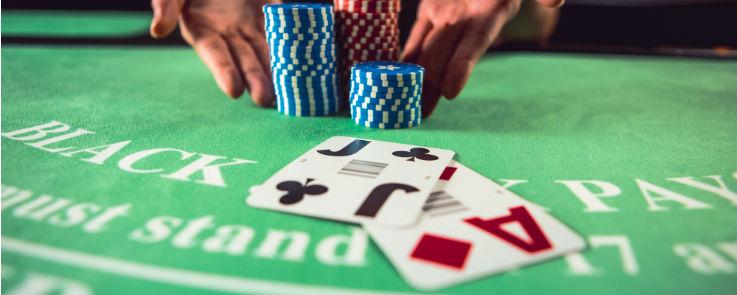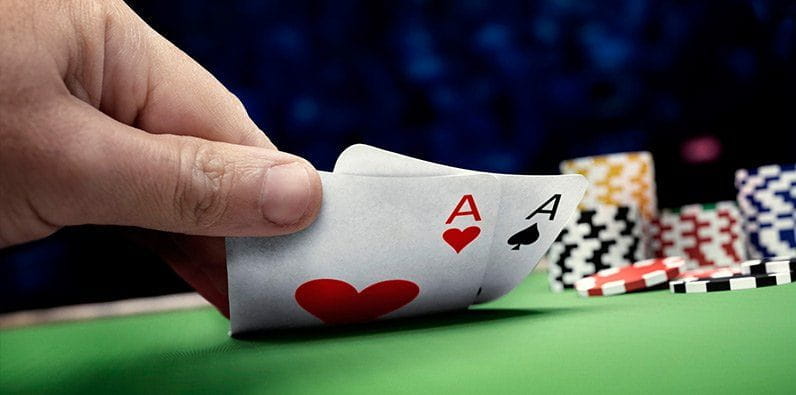Hole Carding Blackjack

Hole card – if she places them slightly to her right, it’s a subtle sign that she has a low hole card and expects to take a hit from the show. If she places her deck more toward the center of the table, she probably has a pat hand and won’t need the extra room it takes to take a hit from the shoe. How to Exploit a Blackjack Dealer Tell.
This is a demo of a hole card switch in single deck casino blackjack, as would be done by a crooked casino dealer. Although single deck games are no longer c. In blackjack, in particular, hole carding means to look at the dealer’s hole card at the right time in order to see its value. If the player knows the value of the dealer’s down card, they can use that information to make smart/er playing decisions.

ENCYCLOPEDIA OF BLACKJACK
Hole Carding Blackjack
EXPOSED HOLE-CARD VERSUS DOUBLE EXPOSURE
NOTES: The above chart should NOT be confused with Double Exposure basic strategy. The above chart (which is only an approximation) should only be used in regular blackjack games where the dealer’s hole-card is accidentally or intentionally seen.
The above chart is from research included in Richard Epstein’s Theory of Gambling and Statistical Logic.
The Wizard of Odds site (
 '>Michael Shackleford) also has an infinite deck basic strategy for games where the dealer exposes both cards. One difference in his chart is the advice to only hit 11 against a dealer total of 10.
'>Michael Shackleford) also has an infinite deck basic strategy for games where the dealer exposes both cards. One difference in his chart is the advice to only hit 11 against a dealer total of 10.| ↑1 | Check The Wizard of Odds site for a correct basic strategy chart for Double Exposure. |
- Appendices
- Miscellaneous
- External Links
Hole Carding Blackjack Tool
Introduction
Sometimes either accidentally or as part of a promotion the dealer will expose both cards. This is not to be confused with double exposure, in which ties lose. The following is the basic strategy, based on an infinite number of decks, when both dealer cards are exposed and the dealer stands on soft 17.
The player advantage of this game is about 10.1%, give or take a little depending on the specific rules.
I get asked a lot why this strategy calls for hitting 11 against a total of 10, when in regular blackjack the player should double. In blackjack, we can assume the dealer does not have an ace as his hole card. That increases the expected value of doubling. In double exposure, there is no such guarantee the dealer does not have an ace as his third card, giving him a 21, making doubling more risky.
Internal Links
Written by: Michael Shackleford